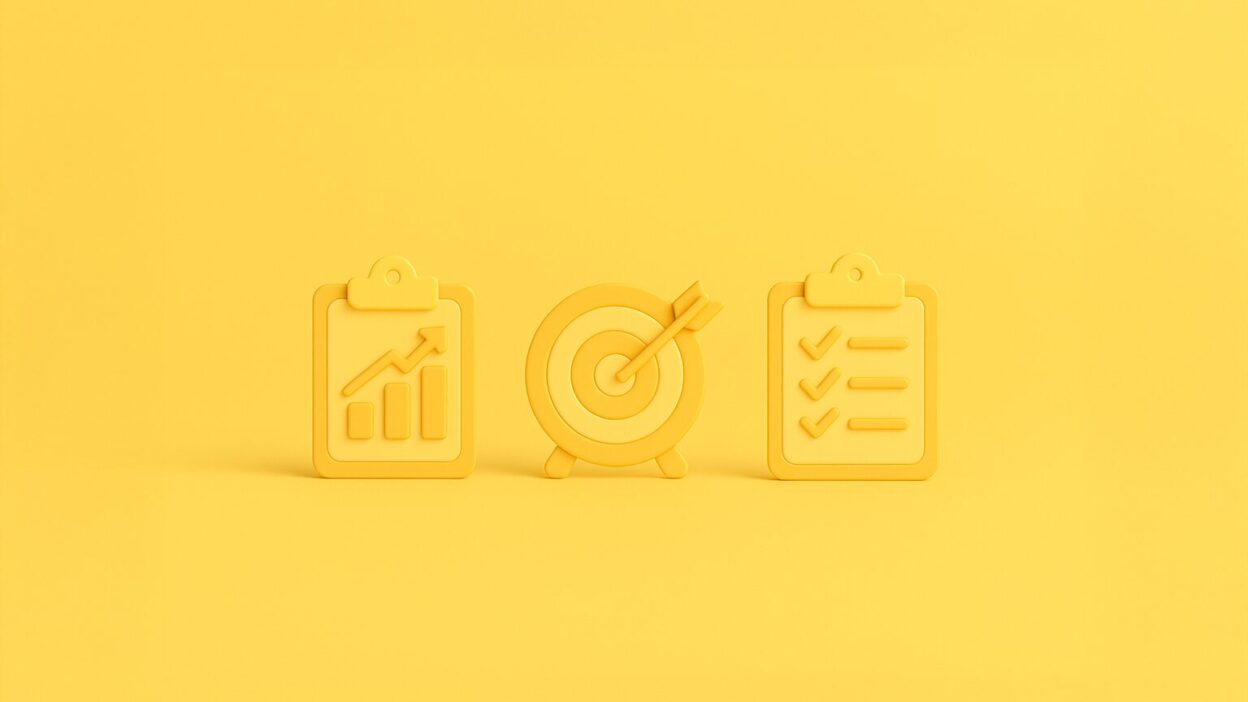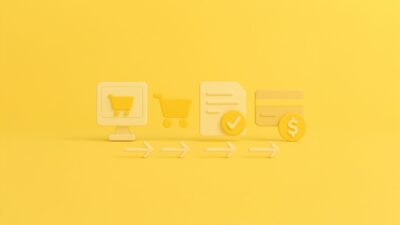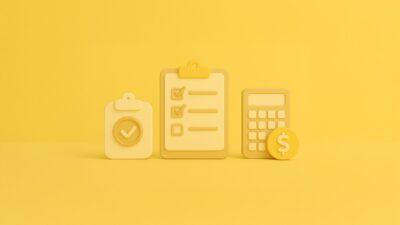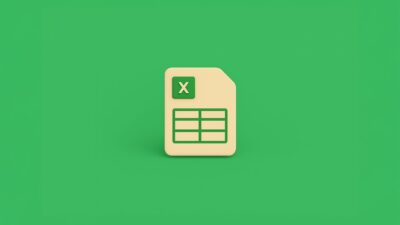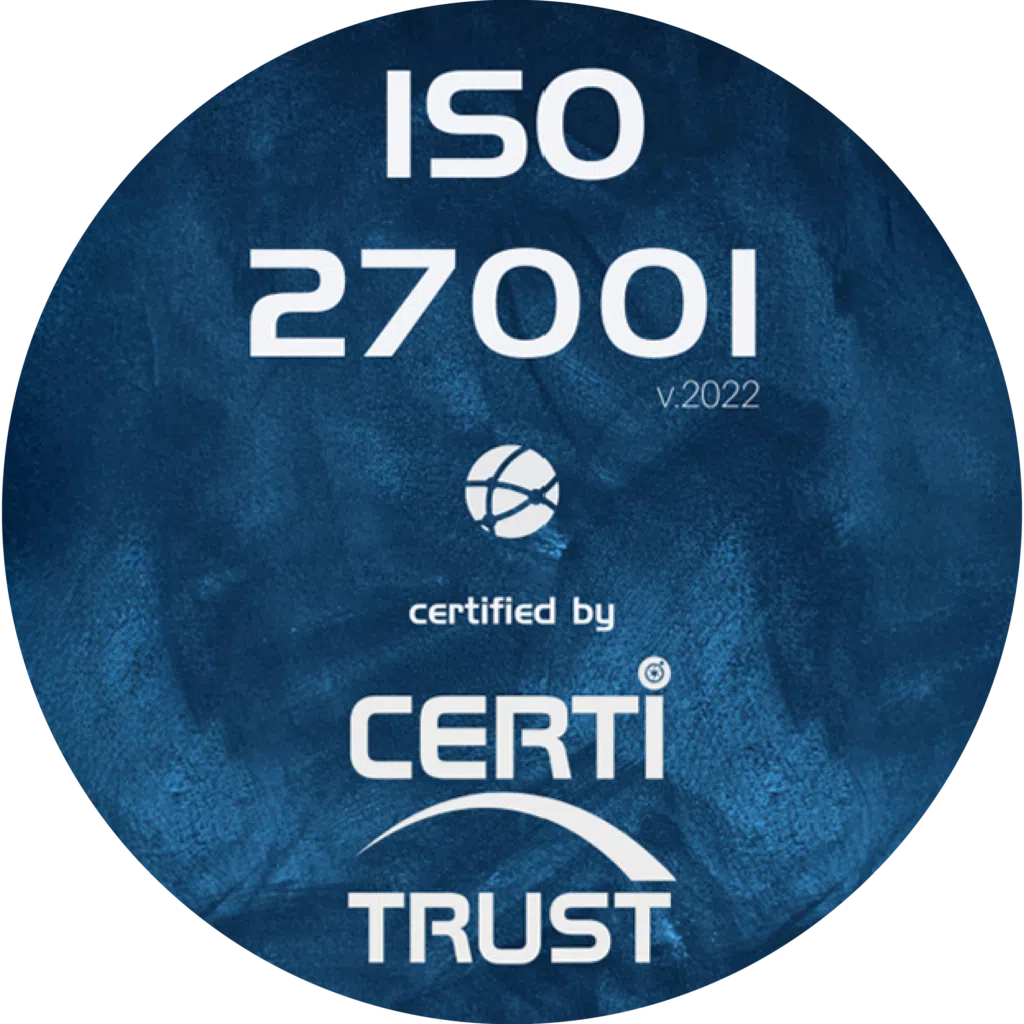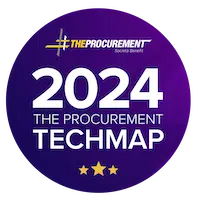As a company customer, you’ve probably been asked to use a purchase order to make a purchase. Primarily used to secure a sale, the purchase order has many advantages for both seller and buyer. In this article, we’ll help you understand the key role of the purchase order in the purchasing process. Find all the information you need to become an expert on the issue of a purchase order, and thus reduce the risks of your supplier outstandings.
What is a supply order form?
The purchase order is one of the official documents, like the invoice, that legally bind the two parties involved. What do they have in common? A payment agreement between buyer and seller. What’s the difference? The purchase order proves the existence of a commercial exchange between buyer and supplier, and takes the form of a bilateral contract. As soon as it is signed, both parties are committed to fulfilling their respective obligations. The buyer undertakes to accept delivery of the goods, and the seller to supply the products in accordance with the purchase order.
This commercial document is mainly used by suppliers to secure the intention to purchase, and also represents a security for the buyer. It is not a binding document, but it has legal force once signed. That’s why it’s important to include product prices, supplier and buyer identification information, such as SIREN and VAT numbers.
How to manage a supply order form?
The purchase order lists all the product or service information required for the purchase. It thus ensures traceability of the products required and in line with the purchasing intention. It includes legal notices and other information such as the unit price excluding VAT of each item, the quantity of items, and payment terms, to name but a few. To make the supply order form more dynamic, it can be customized. Displaying your logo, using colors in line with your graphic charter and adding company information are the first steps in creating a purchase order.
When creating an order form, don’t forget to include legal information. The date of issue of the purchase order corresponds to the date on which the order was issued. The purchase order then serves as a record to authenticate the transaction and facilitate supplier invoice processing.
What are purchase orders used for?
In companies, purchase orders are used to trace supply orders and facilitate reconciliation with supplier invoices. Purchasing management is mechanically optimized thanks to a structured procedure.
Provides legal protection
Issuing a purchase order is useful for both seller and buyer. First and foremost, it provides legal protection. In fact, it makes it possible to know all the information on which both parties have agreed for the purchase. From the identification of products to the applicable VAT rate, not forgetting the quantity of items,the content of the purchase order sums up the commercial nature of the transaction.The seller needs it to formalize the sale. And the buyer uses it to track the status of his orders, and subsequently check whether the items received correspond to the description and quantities of the products ordered. This protection avoids most of the problems encountered in an unregulated purchasing process.
Once the supplier has acknowledged receipt of the order, it is deemed to be accepted, and both parties are committed for the duration of the sale. Payment terms are known, and will be respected as soon as the order is received, ideally tracked by a management solution.
Easy order tracking
Supplier BDCs make it easier to organize purchase orders and manage receipts. In other words, each order has a unique number which is linked to a supplier invoice. This has a double positive effect: it speeds up processing time and eliminates duplication. In addition, it enables the buyer to keep track of all goods, products and/or raw materials that have been ordered and are awaiting receipt.
Well-organized purchase orders simplify the management of suppliers, and the production of a purchase order with data on delivery conditions, such as delivery times, ensures follow-up and on-time delivery to the customer. But a purchase order is not the same as a delivery note. In addition to facilitating order tracking, purchase orders also simplify supplier invoicing.
Simplify supplier relations
Receiving purchase orders simplifies the supplier’s work. Firstly, their sales process is secured, and all information is communicated in a concise and practical way to dispatch the order. Last but not least, the use of purchase orders also avoids the miscommunication that could result from exchanges drowned in a constant flow of information. In this way, purchase orders help to improve your supplier relations over the long term.
Speed up audits
A company may be subject to a tax audit. Issuing purchase orders facilitates audits and avoids time-consuming searches for the corresponding invoices. Generally speaking, the issuing and monitoring of purchase orders is synonymous with a good purchasing process: the role of a purchase order is to secure existing relationships, whether professional or commercial. The more regular purchases become, the more companies should turn to a purchasing management process to improve supplier spend.


What are the benefits of a supply order form?
Creating a supply order form is part of good purchasing practice. It lays the foundations for purchasing efficiency and future business performance. Although there are still orders validated by simple oral agreement, more and more companies are using purchase orders to secure, trace and analyze supplier flows.Managing supplier orders using purchase orders makes it possible to :
- communicate purchasing conditions in a single document,
- effective expense management: control supplier commitments, avoid duplication and trace delivery errors
- manage the company strategically through performance analysis
- control inventory and inventory management
The purchase order is a useful and strategic document for organizing a company’s development. In addition to protecting stakeholders, it represents a clear advantage, as it is at the initiative of good expense management and a structured purchasing policy.
Do you still have doubts about the effectiveness of a purchase order or purchasing management software? Weproc is a no-obligation tool that you can use to test the effectiveness of purchase orders and purchasing management software, and see for yourself. Improving your purchasing process and optimizing your supplier management are always possible, you just need the right tools, so what are you waiting for?
Want to learn more about our Weproc procurement management software?
Contact us or request your 15-minute demo below!

